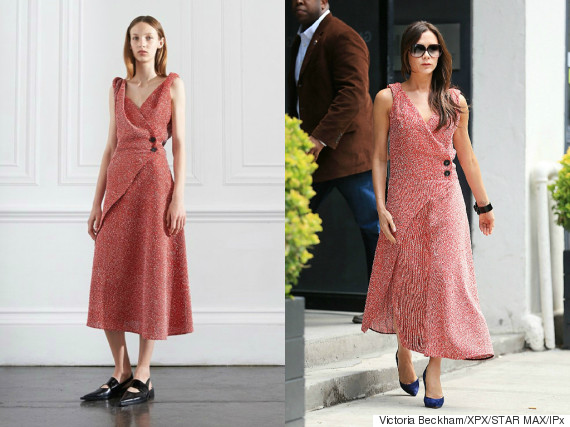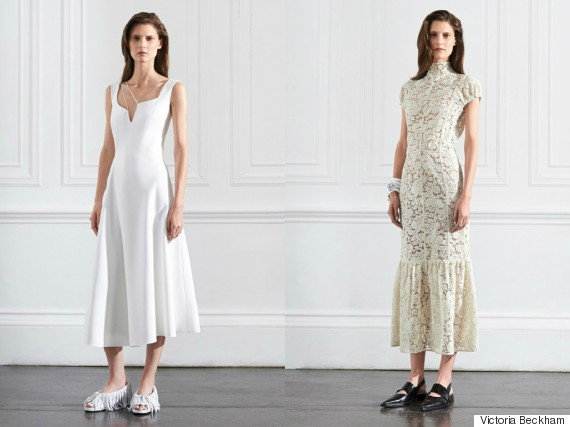Yes, everyone who has a blog has dreamt about making it big. They've daydreamed about seeing their page views hit the millions, and their social channels full of sycophantic followers clinging onto every word, praising every post, and buying whatever it was they wore that day.
But for me, nothing sounds worse than being a full-time blogger. And I feel like, sometimes, I'm the only one who's happy to be where I am with my blog.
Here are my six reasons for sticking with blogging as a hobby and no more.
1. When you become a full-time blogger, it stops being a hobby
When you rely on your blog making you an income, paying your bills and offsetting your rent (or mortgage if you're lucky enough to be on the ladder) then you can't write about that one time your colleagues judged you for having a snack drawer full of sweets, or when you were convinced an elderly lady at the bus stop was going to murder you.
You need to plan, thinking about strategy and targets, and advertisers and exclusivity and conflicts of interest. You need to attend events to be seen as an expert top blogger who's so hot right now, and then spend hours writing posts about canapés and champagne.
It becomes your job, and like some jobs, it'll suck after a while.
2. There's nothing worse than being a freelancer sometimes
The freelance life isn't for me. It's too unreliable. If you know you can charge £15,000 for an Instagram photo of course that changes somewhat, but that middle ground between being a normal blogger and transitioning to an uber-blogger means finding leads, pitching your wares, chasing invoices and going months without being paid sometimes.
Trust me. As a freelance journalist when the cat has £500 of vet bills coming up, I understand how useful extra income can be. But to rely on others to hopefully pay you on time, or you're eating beans on toast for a month? Nope.
3. I like having time away from the online world I've created and blogging full-time means that can't happen
I once got the the stage where I'd take my camera with me in case something happened which mean I could capture the moment and then write 700 words on it. Life feels weird when all you do is wait like that. Or you forego a greasy Maccies in place of that really trendy new indie cafe which serves coffee beans pooed from the very anus of a wildcat in Peru.
Sometimes, it's nice going to a restaurant and not writing about the menu, or tweeting about it, or taking oh-so-many Instagram photos. It's nice going back to enjoying life without the expectation of blogging about it and sharing it with the world.
4. Sometimes, I just don't feel like writing, and that's ok.
Sometimes, I cannot be bothered with my blog. I look at my calendar and I'm just so unenthused by it all I shut down my laptop and don't open it for a week. I don't care what events are happening or who wants to work with me, I just need a break.
Full-time blogging means you're trapped. Like a relationship, sometimes it'll be bad, sometimes it'll be good. The thing is, when you rely on your blog to provide you with heating for the next month, you need to power through that and just crack on.
5. My motivation isn't about getting money or being popular
I had a conversation with a colleague the other day about me feeling a bit disillusioned about work. I didn't like the situation I was in, and I was thinking of leaving. He admitted he'll stick out in a job he wasn't particularly thrilled with because he's extremely money-oriented. So much so, he'll be able to get on the property ladder in central London next year.
I don't understand it.
I'd be so happy if money was no more than the paper (or cotton or whatever it's made of) it was printed on. So I don't have that motivation that seems to drive some people. I couldn't care less about designer clothes or being seen at the most trendy nightspots with a bottle of Cristal and 'Isn't that Prince Harry in the corner?' whispers.
Because I don't care about amassing oodles of wealth, or being super popular, I don't have the drive some full-time bloggers have. I blog about London and life because, well, I enjoy it.
6. I'm not willing to sacrifice what I'd need to sacrifice to be a full-time blogger
I've touched on it already, but bloggers sacrifice a lot to run their sites. From hours spent taking photos and editing them into oblivion so they're as sharp and crisp and white as a Scandi-style magazine, to creating copy and promoting it over Twitter, Facebook, Instagram, Pinterest, Periscope, Jelly, Vine, YouTube and no doubt the 50 other social sharing sites yet to come.
It take HOURS to set a good blogging foundation and nurture it so it grows. That just rolled out of bed blogger post has actually take three hours of hair, make up and expert posing with props to get right. And then an hour editing. And an hour writing. And another hour promoting.
I couldn't imagine spending that much time on what, to me is, a hobby at the expense of family and friends. For those who do, I admire them. But I'm not willing to try it.
For any full-time bloggers reading this, good on you. Seriously, well done. I don't have what it takes, or care to try to have what it takes, to ever be in your shoes, but I appreciate the effort and sacrifice you've made.
If you're a blogger who dreams of hitting the big time and feels a bit depressed about not getting there, instead of striving to get to the top, enjoy it as it is now. Who knows, the generation after next might be fascinated with your seemingly ordinary life.
Who says you won't make it big in 2115?














